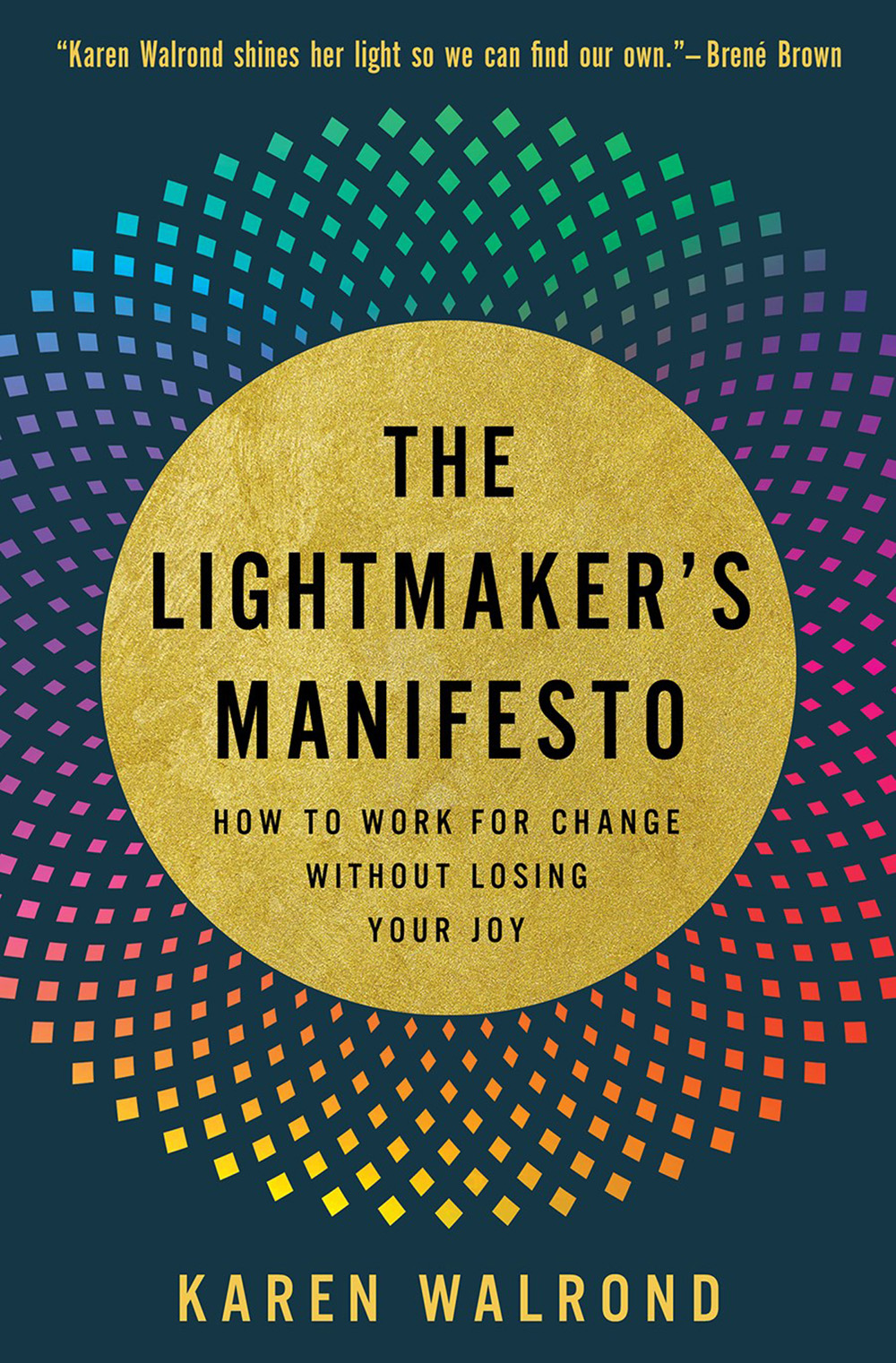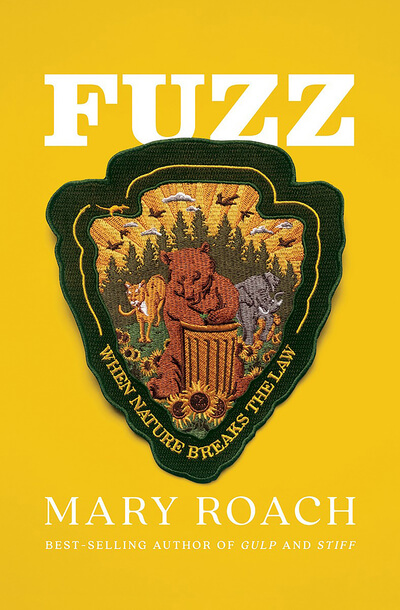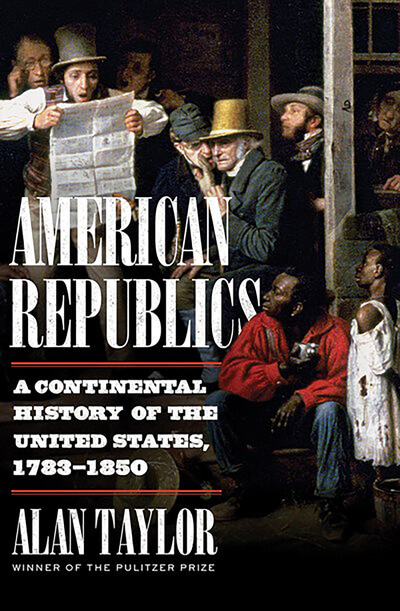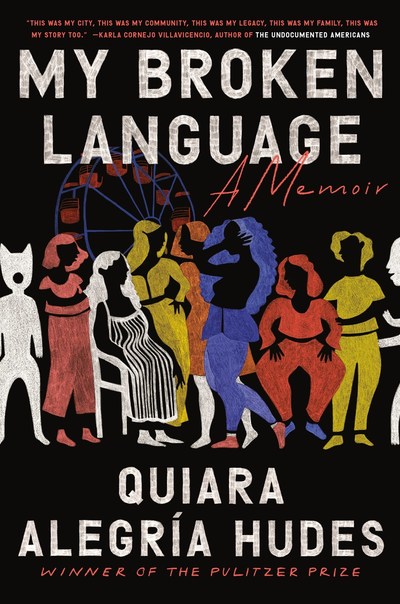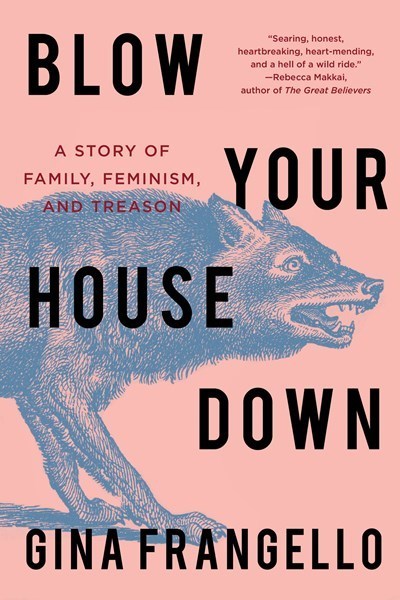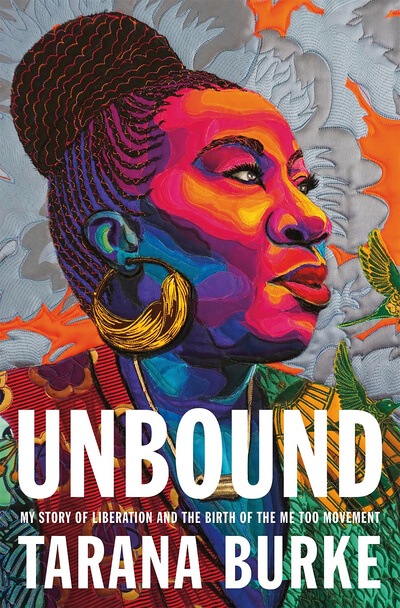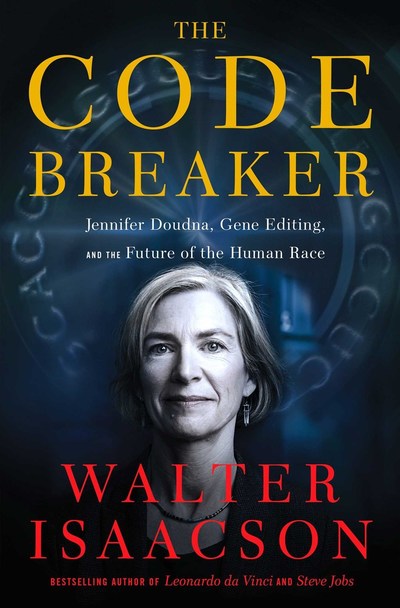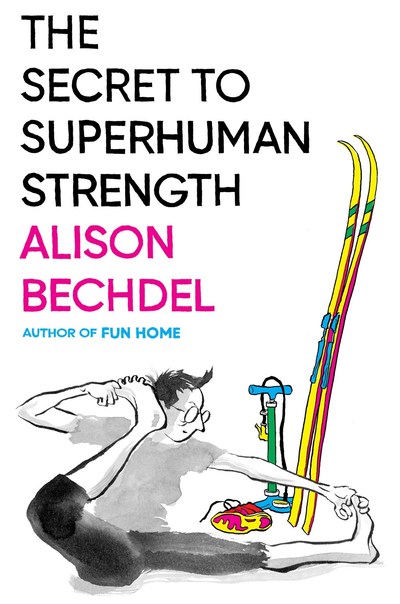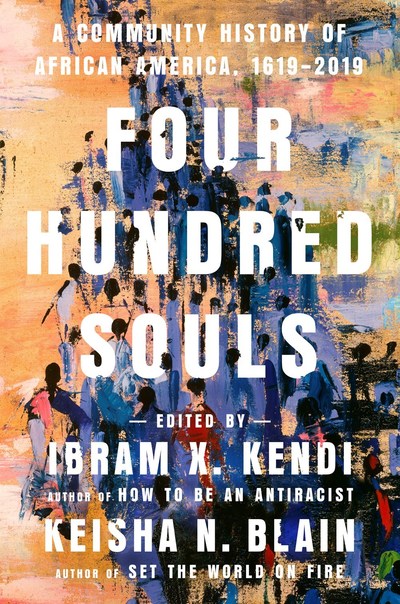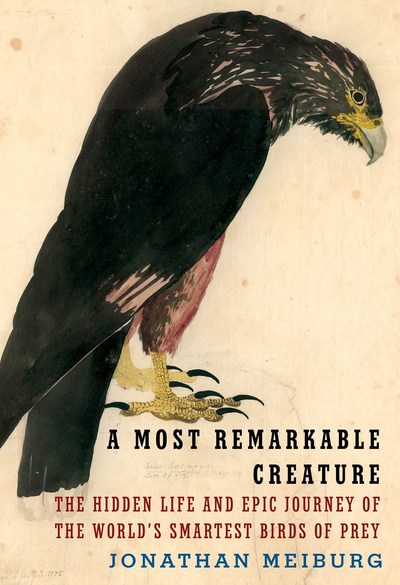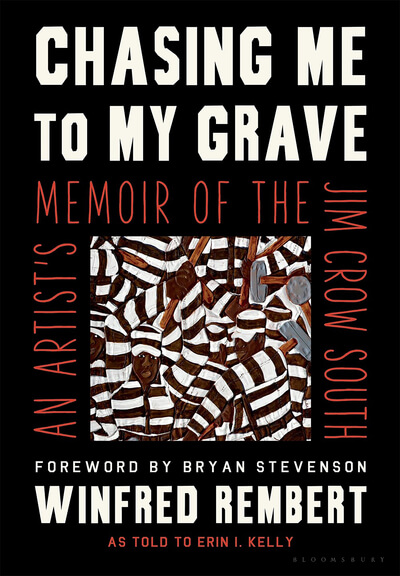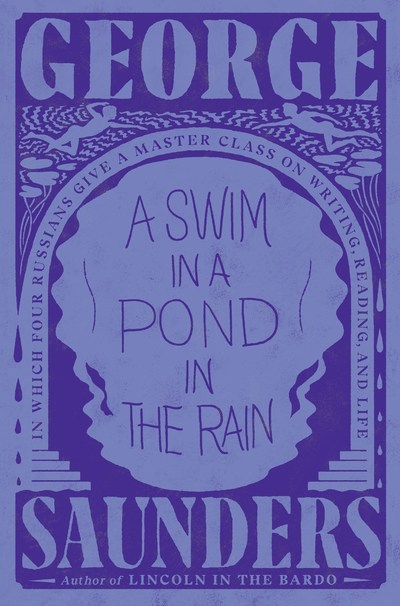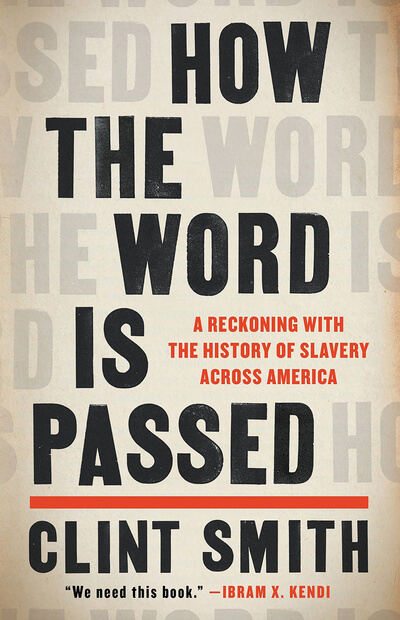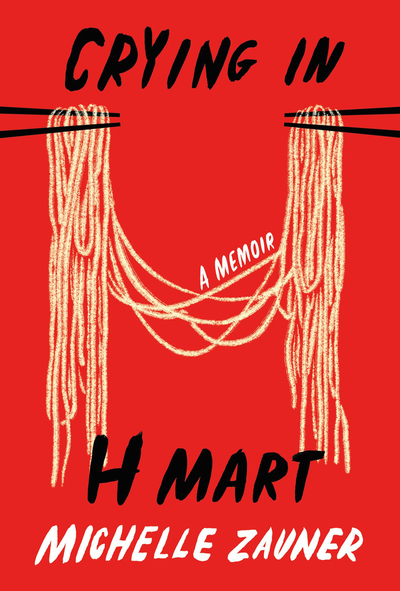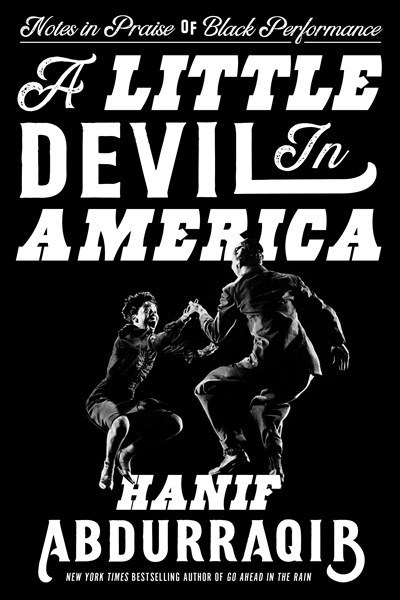Tabitha Carvan’s This Is Not a Book About Benedict Cumberbatch: The Joy of Loving Something—Anything—Like Your Life Depends on It is very funny. She introduces herself by telling readers, “I am writing this from inside Benedict Cumberbatch.” (But don’t worry; she means a sweatshirt with his face on it, not a skin suit.) When describing the book, she quips, “What’s something that this book has that Benedict Cumberbatch does not? That’s right! An appendix.” From start to finish, the author is impressively informed and hilariously enthusiastic about the English movie and TV star.
But as she shares in a delightful phone call to her home in Canberra, Australia, Carvan wasn’t always so upfront about her infatuation with the man whose fans call themselves “Cumberbitches.” (See also: Cumbercookies, Cumbercommunity and Benaddicts.) Rather, she viewed her sudden surge of interest in him as an alarming signal that something was wrong with her.
Carvan, a mom of two, says her fascination with the actor sparked several years ago, at a time when she was “completely strung out by motherhood—that sense of having just nothing left in me.” She’d recently moved from Vietnam, where she had a flourishing career, back to Australia with her husband. “Here I was, alone at home in a new small town with no job,” she says. “The extent of the feelings I had at that time were tiredness and busyness. I think there was just a part of my soul that needed to be filled up with something that allowed me to feel alive—allowed me to feel anything.”
Read our starred review of ‘This Is Not a Book About Benedict Cumberbatch’ by Tabitha Carvan.
When a newspaper ad for the BBC television show “Sherlock” caught her eye, Carvan experienced an unexpected yearning. She began to watch that show, and then other shows and movies and interviews featuring Cumberbatch, until she was fully hooked. But it wasn’t just his “eyes that are too far apart . . . and yet somehow also perfect,” as she puts it in her book, or even his “Cumberbottom” that enchanted her; it was the giddiness she felt when she watched him, the smile that spread across her face when she thought about him.

Carvan says that, as her desire revved up, so did her curiosity. After all, it’s one thing to appreciate an actor’s art and skill and another thing for that appreciation to kick off—for millions of people—what she viewed as a swoony regression. So the science writer put her investigatory chops to work, determined to figure out, “Why was this happening to us? Why Benedict Cumberbatch? Why did it happen at that particular time?”
The author dove into books like Brigid Schulte’s Overwhelmed, about the components of modern life that eat away at our leisure time, and Ethel S. Person’s By Force of Fantasy, about the value of having fantasies. She also interviewed numerous fellow Cumberbatch fans, who spoke openly about the whats and whys of their devotion. For example, there’s Kyndall, a high-powered executive who makes digital paintings of Cumberbatch’s Sherlock in lingerie; a professor named Emma who writes copious fan fiction; and Lea, a nail salon owner in Ohio who adorns the shop’s walls with photos of the actor and chats about her Cumberlove with clients.
“When something brings people so much joy, why can’t we just let it?”
Carvan says their conversations “were affecting me hugely in the way I saw myself.” And over time, she says, “I began to realize that [the fandom] was not the most interesting thing that was happening to us. The most interesting thing was that we were all so happy.”
But that happiness was clouded by self-consciousness. “So many of them would be like, ‘Don’t tell anyone about it, don’t share it, I don’t want anyone to know,’” Carvan says. “And so that became the real question of the book: When something brings people so much joy, why can’t we just let it? Why can’t we just be open to feeling that?”
The author, who is the youngest of four children, says some of her own hesitancy began in childhood. “I think my parents and siblings contributed to my idea of ‘smart people,’” she says—including the idea that smart people “don’t care about trivial feelings. . . . We focus on the things that really matter, which is being clever and being academically good.”
Then there are the societal norms around infatuation. If a man blankets his home in sports or Star Wars memorabilia, for example, it’s acceptable, even cool. But if a woman does something similar, it’s odd or inappropriate, especially if she’s a mother. As Carvan writes in her book, “Women mature out of their pleasures. Men, on the other hand, get to hang on to theirs, turning them into a lifelong passion, or even better, a career.”
“If it was in you once, the ability to lose yourself in something purely fun, I assure you the ability is still in there somewhere.”
Living in a culture that worships the hustle can make people “feel like our free time has to be used to do everything, to make us fitter, look better, tick boxes for being good citizens,” Carvan says. Through writing her book, however, she’s learned that finding “a way to have completely pointless fun in your life seems to be quite a transformative step—a way to open up your emotional memory of what makes you feel good and what you actually want to do.”
Carvan says she hopes This Is Not a Book About Benedict Cumberbatch helps readers realize that “if it was in you once, the ability to lose yourself in something purely fun, I assure you the ability is still in there somewhere, and you shouldn’t feel guilty.” Happily, she adds, “I do not feel guilty at all anymore.”
And what of Carvan + Cumberbatch: Are they still a thing? She says with a laugh, “It’s been six years, so our relationship is now just a fond, everlasting love, not a fiery passion. We’re lifelong companions; he just doesn’t know about it.”
Author photo of Tabitha Carvan by Jimmy Walsh Photography.















